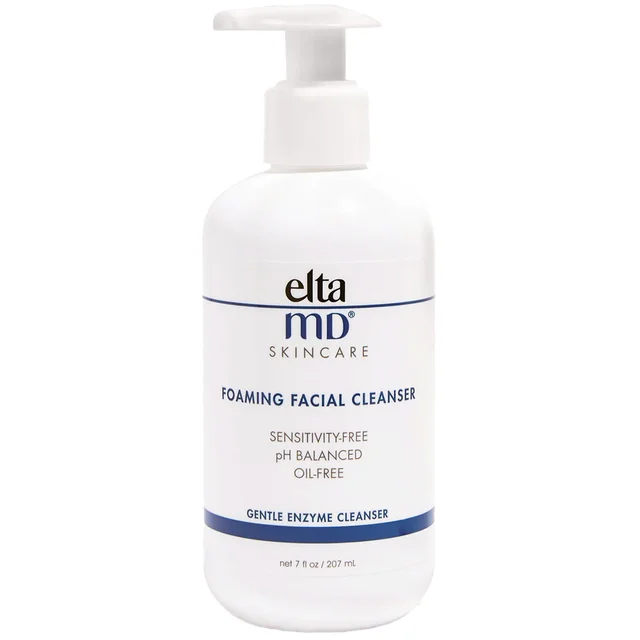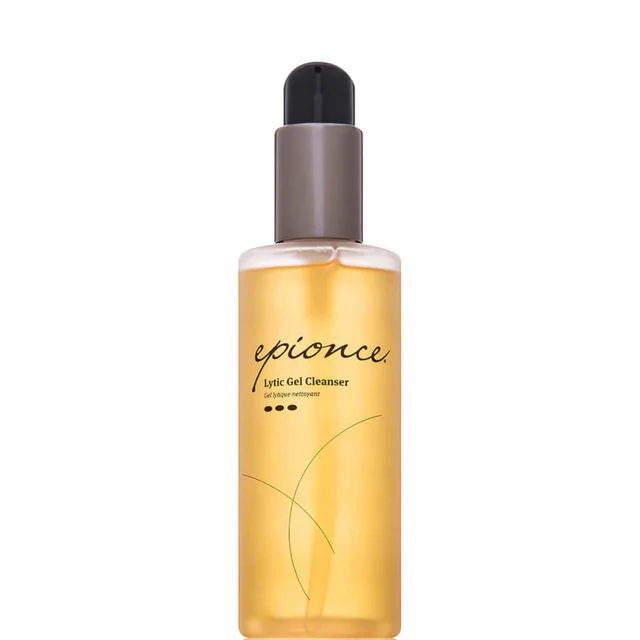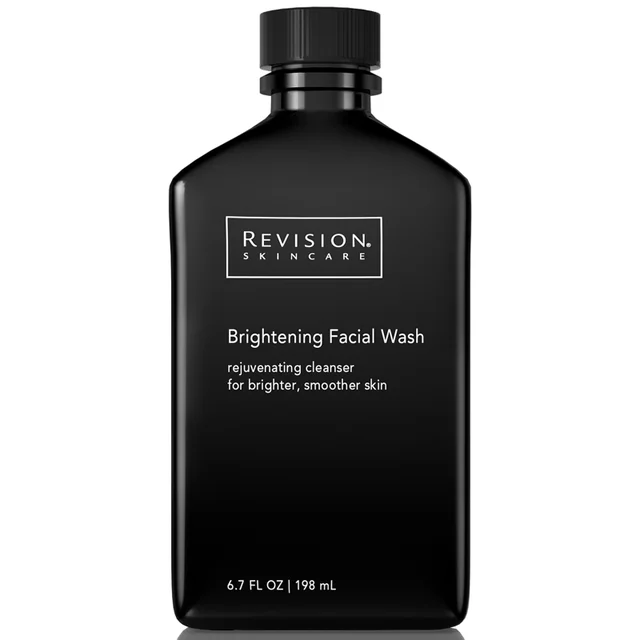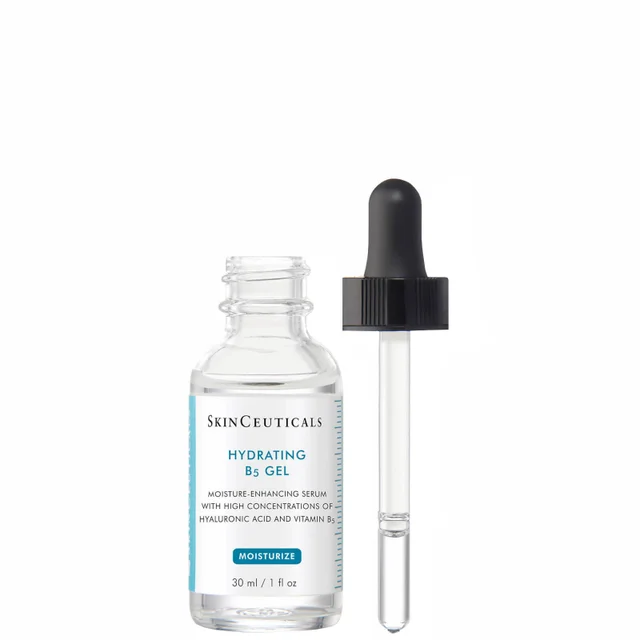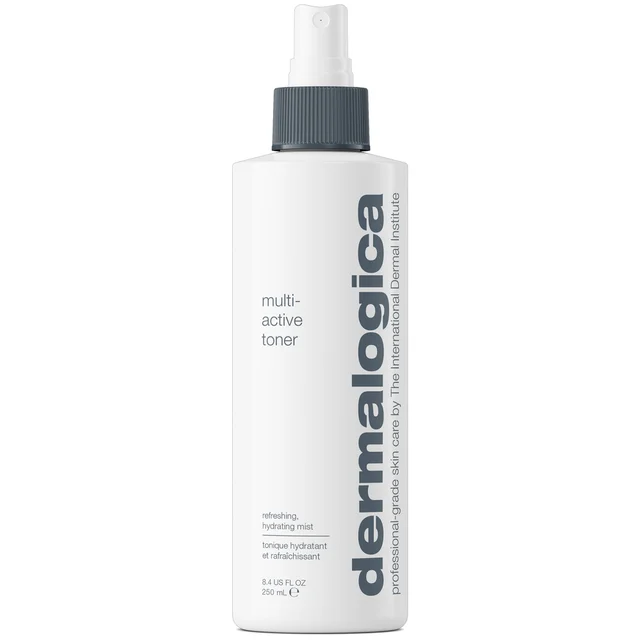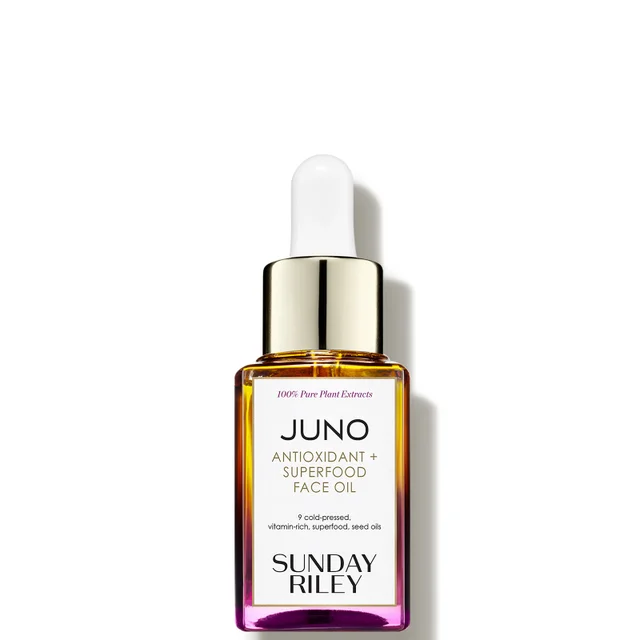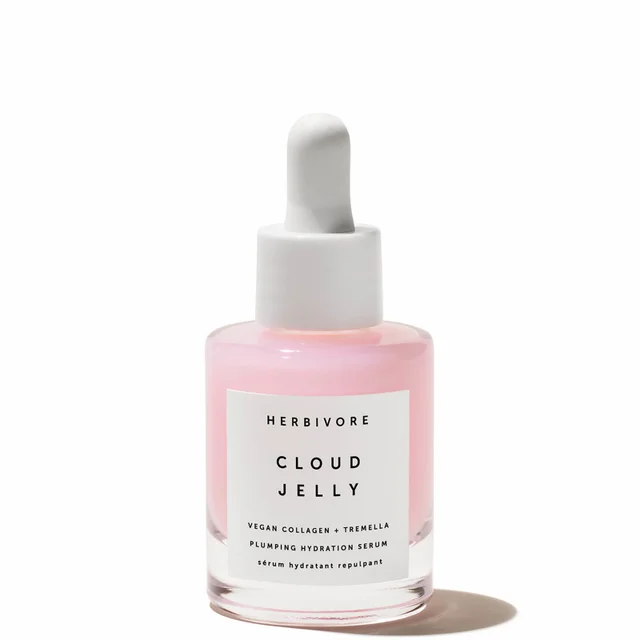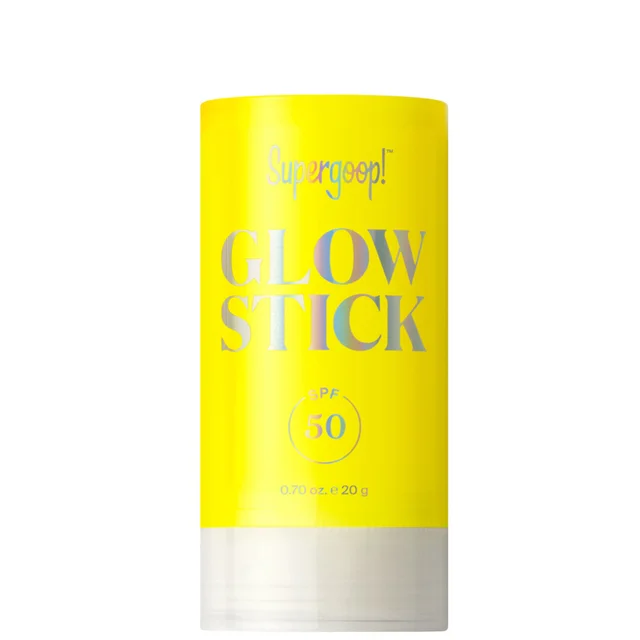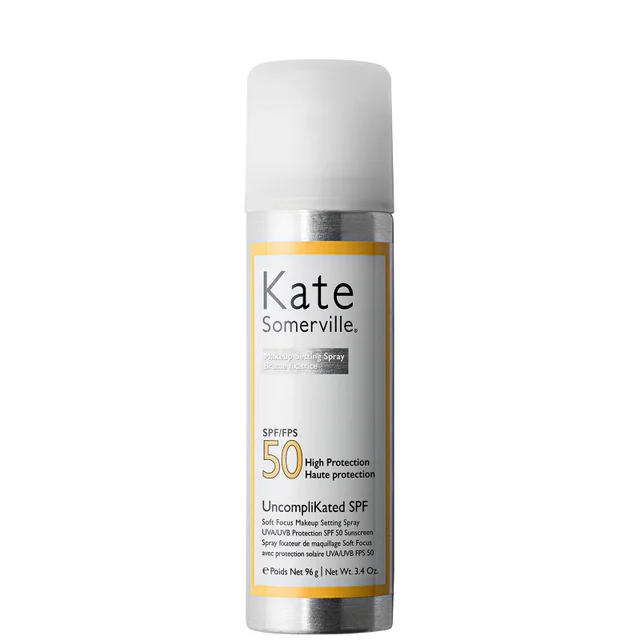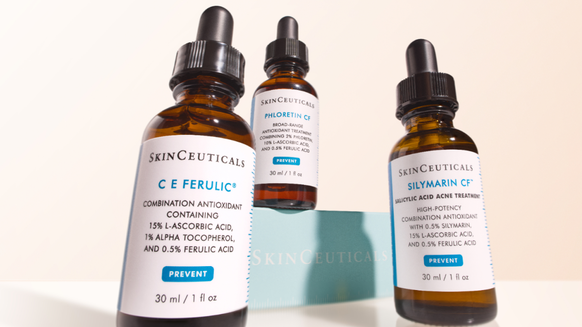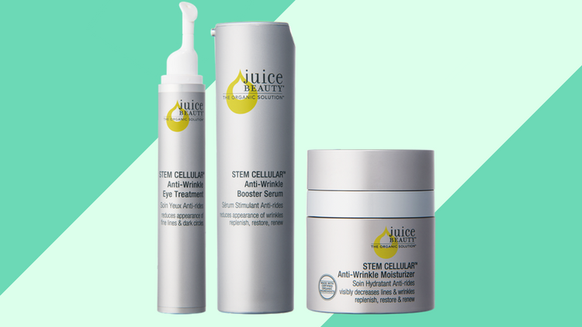How to Transition Your Skin Care Routine from Winter to Spring
With frigid temperatures and indoor heat coming to an end and spring’s brighter days blooming ahead, it’s time to swap out your nourishing winter favorites for lighter options. Because your wardrobe isn’t the only thing that needs updating—your skin care requires a routine revamp for spring, too.
We’ve put together some tips to transition your skin care routine from winter to spring.
1. Opt for a gel or foaming cleanser
While winter requires a bit of a gentler touch, with temperatures warming up, your skin may begin to feel a little more on the oilier side. Gel-based or foaming cleansers can decrease oil production and encourage cell turnover, making it a better choice for spring.
2. Hydrate in light layers
Switch out your heavier, thicker products for light layers of hydration. Warmer weather tends to also mean higher humidity, so while a heavy moisturizer is not always needed, ALL skin needs hydration. Serums (especially with hyaluronic acid), gel moisturizers and even hydrating mists are a great way to add hydration without feeling like you’ll turn into a greasy mess as soon as you step outside
3. Add an antioxidant
Antioxidants help prevent sun damage in part by blunting your skin’s inflammatory response to the sun’s harmful rays. In other words, they help protect against sun damage and pre. But wait, there’s more: Antioxidants also help brighten and even out your skin tone. Free radicals and frequent sun exposure can cause dark spots and uneven skin tone by triggering changes in your skin’s melatonin production. Since they reduce photodamage, antioxidants can help prevent triggering this change and in turn, prevent dark spots.
4. Sunscreen, sunscreen and more sunscreen
We know you’re already wearing an SPF year-round, but spring is a good time to amp up your protection. Since warmer weather not only means more time outside, but a higher UV index as well, an SPF of 30 or more is essential for protecting your skin. Reapplying every two hours is also essential for adequate protection, so adding a spray or stick formula to your sunscreen roster is great way to stay protected on-the-go.

From the latest hair and makeup trends to the best solutions for your skin issues, we've got all your beauty concerns covered!
Related Posts

Variety Uncovered: Patty Jenkins on “Wonder Woman” and Embracing Hard Work
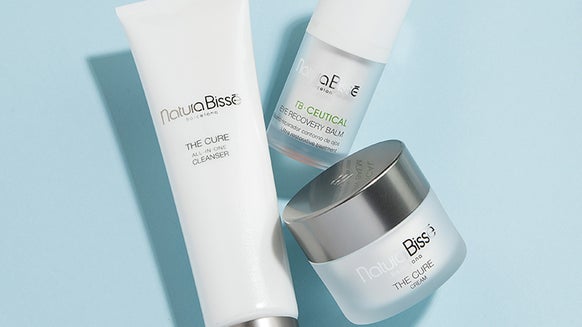
We Tried This Luxurious 5-Star Spa-Level Facial—Here’s How to Re-Create It at Home

